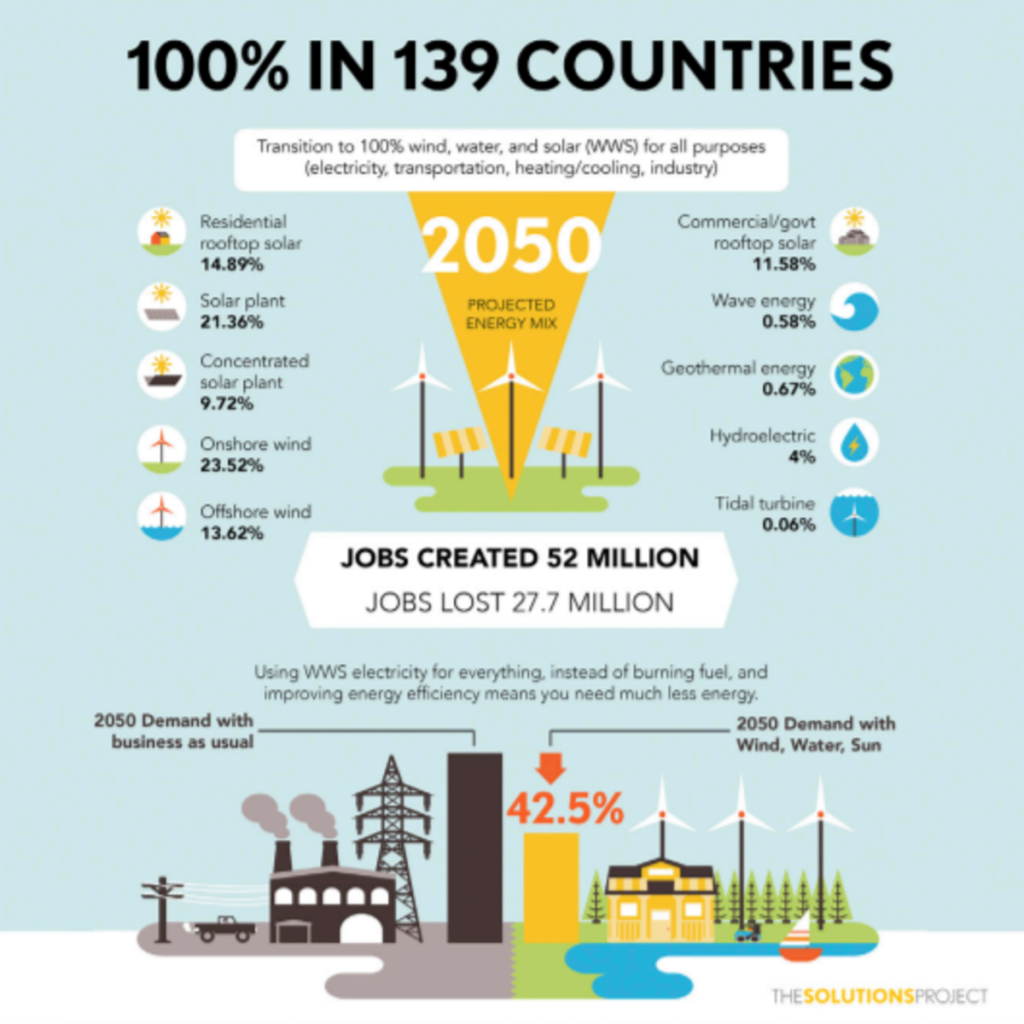Which countries are 100% clean energy?

The global push for clean and sustainable energy sources has become more important than ever in the face of climate change. While many countries are making significant strides towards cleaner energy, there are a few that have already achieved the remarkable feat of being 100% powered by renewable sources. In this article, we will explore some of these pioneering nations and their commitment to a greener future.
- 1. Norway: The Land of Hydropower
- 2. Iceland: Geothermal Energy at its Best
- 3. Costa Rica: Pioneering Renewable Solutions
- 4. Denmark: Wind Power Dominance
- 5. Sweden: Commitment to Clean Energy
- 6. New Zealand: Embracing Renewable Resources
- 7. Uruguay: A Small Nation with Big Clean Energy Goals
- Conclusion
- Frequently Asked Questions
1. Norway: The Land of Hydropower
Norway, known for its breathtaking fjords and natural beauty, is also a leader in clean energy. With an abundance of rivers and waterfalls, Norway has harnessed the power of hydropower to generate a significant portion of its electricity. In fact, hydropower accounts for almost 96% of the country's energy production, making it one of the greenest nations on the planet.
2. Iceland: Geothermal Energy at its Best
Located on a volcanic island, Iceland has taken advantage of its unique geography to become a global leader in geothermal energy. Geothermal power plants tap into the Earth's natural heat to generate electricity and provide heating for homes and businesses. With its vast geothermal resources, Iceland relies on this renewable source for almost 100% of its energy needs.
3. Costa Rica: Pioneering Renewable Solutions
Costa Rica has long been recognized as a forerunner in sustainable development. This small Central American nation has made remarkable progress in transitioning to renewable energy sources. Costa Rica's commitment to clean energy is evident in its reliance on hydropower, wind, solar, and geothermal energy, which collectively contribute to over 99% of its electricity generation.
4. Denmark: Wind Power Dominance
Denmark has established itself as a global leader in wind energy. The country's windy coastlines and offshore wind farms have propelled Denmark to the forefront of clean energy production. Wind power accounts for approximately 47% of Denmark's electricity consumption, and the country aims to reach 100% renewable energy by 2050.
5. Sweden: Commitment to Clean Energy
Sweden is committed to phasing out fossil fuels and becoming carbon neutral by 2045. The country's energy mix is already dominated by renewable sources, with hydropower, wind, and biomass accounting for a significant portion of its electricity generation. Sweden also has ambitious plans to expand its solar power capacity in the coming years.
6. New Zealand: Embracing Renewable Resources
New Zealand is making remarkable strides in renewable energy, with a strong focus on geothermal and hydroelectric power. These sources contribute to over 80% of the country's electricity production. In addition, New Zealand has set a goal to be powered by 100% renewable energy by 2035.
7. Uruguay: A Small Nation with Big Clean Energy Goals
Uruguay, despite being a relatively small country, has achieved impressive results in its clean energy transition. Wind and solar power have become the pillars of Uruguay's energy sector, with these sources accounting for over 98% of its electricity production. This achievement has not only reduced the country's carbon footprint but has also made energy more affordable for its residents.
Conclusion
These countries serve as shining examples of what can be achieved when there is a strong commitment to clean energy. Through their innovative approaches and dedication to sustainability, they have proven that a 100% clean energy future is not only possible but also economically viable. As the global community continues to grapple with the challenges of climate change, these nations provide inspiration and valuable lessons for others to follow.
Frequently Asked Questions
1. What does it mean for a country to be 100% clean energy?
Being 100% clean energy means that a country is powered entirely by renewable energy sources such as wind, solar, hydroelectric, geothermal, or biomass. It indicates that the country has transitioned away from fossil fuels and is no longer dependent on non-renewable sources for its energy needs.
2. How do these countries achieve 100% clean energy?
Each country has its own unique set of circumstances and resources that contribute to its clean energy achievements. However, common strategies include investing in renewable energy infrastructure, implementing supportive policies and incentives, and fostering innovation in clean technology. Collaboration between the government, private sector, and citizens is also crucial in driving the transition to clean energy.
3. Are there any challenges in transitioning to 100% clean energy?
Transitioning to 100% clean energy is not without its challenges. Some of the key obstacles include high upfront costs of renewable energy infrastructure, the need for grid modernization to accommodate intermittent energy sources, and the resistance from vested interests in the fossil fuel industry. However, these challenges can be overcome through long-term planning, international cooperation, and the development of innovative solutions.
4. Can other countries follow the example of these 100% clean energy leaders?
Absolutely! The success of these countries in achieving 100% clean energy serves as an inspiration and a blueprint for others to follow. By learning from their experiences, countries can develop their own strategies tailored to their unique circumstances and resources. With the right political will, investment, and public support, any country can make significant progress towards a cleaner and more sustainable future.

Leave a Reply